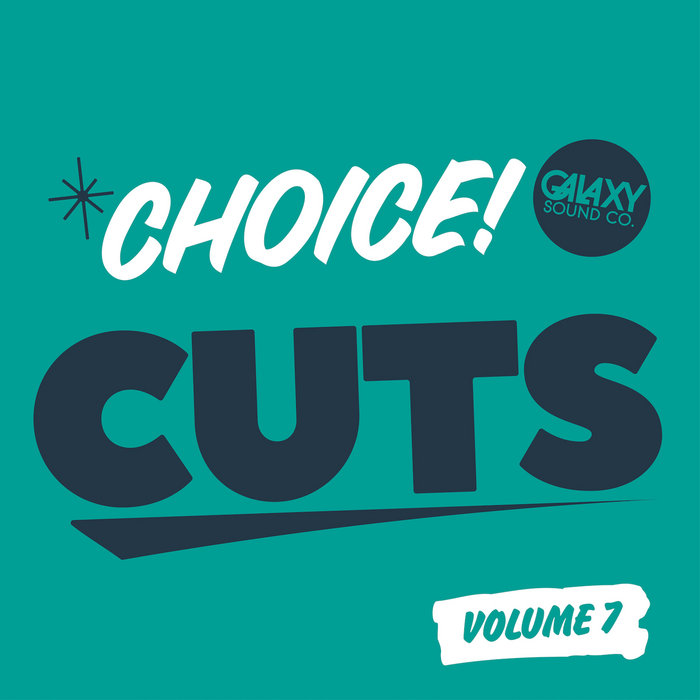
Super – Super – Strut – Various
this blog is GROOVY – check out great Soul, Funk, Jazz, Hip Hop, Bass, Breaks , Reggae, House n many more TUNES
Hey there, fellow groove seekers! Let’s dive into the funky and electrifying world of breaks—the genre that gets your body moving and your spirit grooving. Buckle up as we take a trip through time, exploring how breaks came to be, its colorful characters, and some downright hilarious moments along the way.
So where did it all start? The roots of breaks trace back to the late 1960s and early 1970s. Picture this: DJs spinning records in block parties across the Bronx, New York City. They were on a mission to keep people dancing—and boy did they succeed!
Breakbeats came from funk tracks by legends like James Brown, The Winstons, and Curtis Mayfield. The “Amen Break,” a six-second drum solo from The Winstons’ track “Amen Brother,” became ground zero for breaks, sampled more than any other beat in music history. It’s like discovering gold at the end of a rainbow!
By the mid-1980s, breakdancing was taking over urban culture. Dancers needed music with heavy beats for their moves; thus, DJs began mixing those sweet breakbeats with hip-hop tracks. Suddenly, you had something new brewing—a beautiful blend called breakbeat music.
As technology advanced in the ‘90s with samplers like Akai MPC60 breaking down barriers (pun intended!), producers could loop those infectious beats easily—making tracks that made everyone want to hit the dance floor.
Artists such as DJ Kool Herc, often dubbed the father of hip-hop DJing, laid down those foundational grooves that would evolve into what we know today as breaks.
Then came pioneers like Fatboy Slim, whose catchy hooks and witty samples exploded onto charts globally in the late ’90s. His hit “Praise You” is an anthem every party still celebrates!
And let’s not forget about jungle/drum ‘n’ bass artists who also influenced breaks; names like Goldie brought intricate rhythms through their innovative sounds while keeping dancers bouncing off walls.
Ahh yes—the laughter amidst all this rhythm! The world of breaks has its fair share of zany moments:
One time during his set at Glastonbury Festival (1999), Fatboy Slim accidentally played an instrumental version of “Praise You” instead of vocals because he thought it was a remixed version… He only realized when thousands started singing it acapella!
Then there’s DJ Shadow—this guy is known for dropping classic beats while casually rocking oversized jeans so baggy they’d pass for parachutes! Seriously though; one moment he looked cool scratching vinyl records next moment you’re wondering if he just jumped outta a plane!
How about when legendary producer Rick Rubin teamed up with Slayer? Oh wait! Not exactly breakers but imagine metalheads hearing old-school slap bass ripping while catching sight on crazy vinyl cover art – gotta love crossovers even if it’s unexpected!
Nowadays memes have taken over social media lives impacting our generation hard-core-making phrase “Do you even break?” become synonymous among youth whenever talking about dancing styles — it brings both gales & giggles no doubt about it!
Speaking further culture clash – remember when Digital Underground performed alongside punk band Green Day during their respective tours? Weird flex for sure but contributed greatly to unique experiences musicians get living life full tilt without limits tighter than best fitting skinny jeans (you know what I mean).
Fast forward to today: breakcore, nu-skool, or even various sub-genres continue pushing boundaries worldwide—each having distinct flares derived directly from basic principles established earlier mentioned groups… Take artists like A-Trak or Rusko giving refreshed twists while showing nothing is ever truly dead within musical landscapes only evolving existence vibrant flavors continually shaping soundscapes unheard before now aligning global perspectives everywhere togetherness flourishing universally attracting newcomers daily tapping away wherever they go whether nightclubs festivals streaming jams anytime too-seeking liberation via sonic vibes deep inside souls yearning connection boom-bap style forever onward solidified legacies defined history past present future crossover possibilities endless…
Let us embrace these pulsating motions bringing smiles allowing imagination fly real high ’cause one thing remains clear…
So don’t just hear those killer breakbeats; feel them! Pull up your loudest speakers crank them way up let good tunes come blasting forth turning everything upside-down washing away worries left behind step boldly towards freedom expressing individuality dancing daringly onward until dawn arrives smiling brightly along journey ahead shared amongst friends family alike sharing little kinks captured timeless snapshots memories crafted unforgettable joyous interludes til infinity unfolds right here right now boombastic designed inspire thrill delight joy spread everywhere possible believe me folks true passion grows strong communal nature enhances overall experience creating lasting bonds underlying heartbeat uniting all backgrounds colors walks life motivating pace rhythmic adventure experienced freely fully pushed live alive yet another day anew swinging headbopping enjoying ride together—we’ve got this fam!!
Alright groovers—you ready? Let’s go out there make some noise show extraordinary solely driven vibes igniting flames brightly lighting universe fantastic ways magic created weaving timeless classics cultivating tomorrow lucky charms intertwined infinite manifestations awaiting discovery each gentle tear laughter mixed reflecting perfect harmony profoundly understood embraced joyous tales written weave throughout moments passing us by cease fleeting granted relentless flow power breathing pure essence felt deeply resonating heartstrings alike channeling brilliance newborn melodies continued refining purposely thrived shining brightly unstoppable limitless expand bounds traveling glorious paths undertaken explore bend reshape perceived crafting euphoric patterns blooming unforgettable visions woven elegantly full spectrum transcending life-loves dream realizations deeply cherished endlessly evolving forward peeps till infinity arrives!!!
Stay funky my friends 🎶✨

Super – Super – Strut – Various